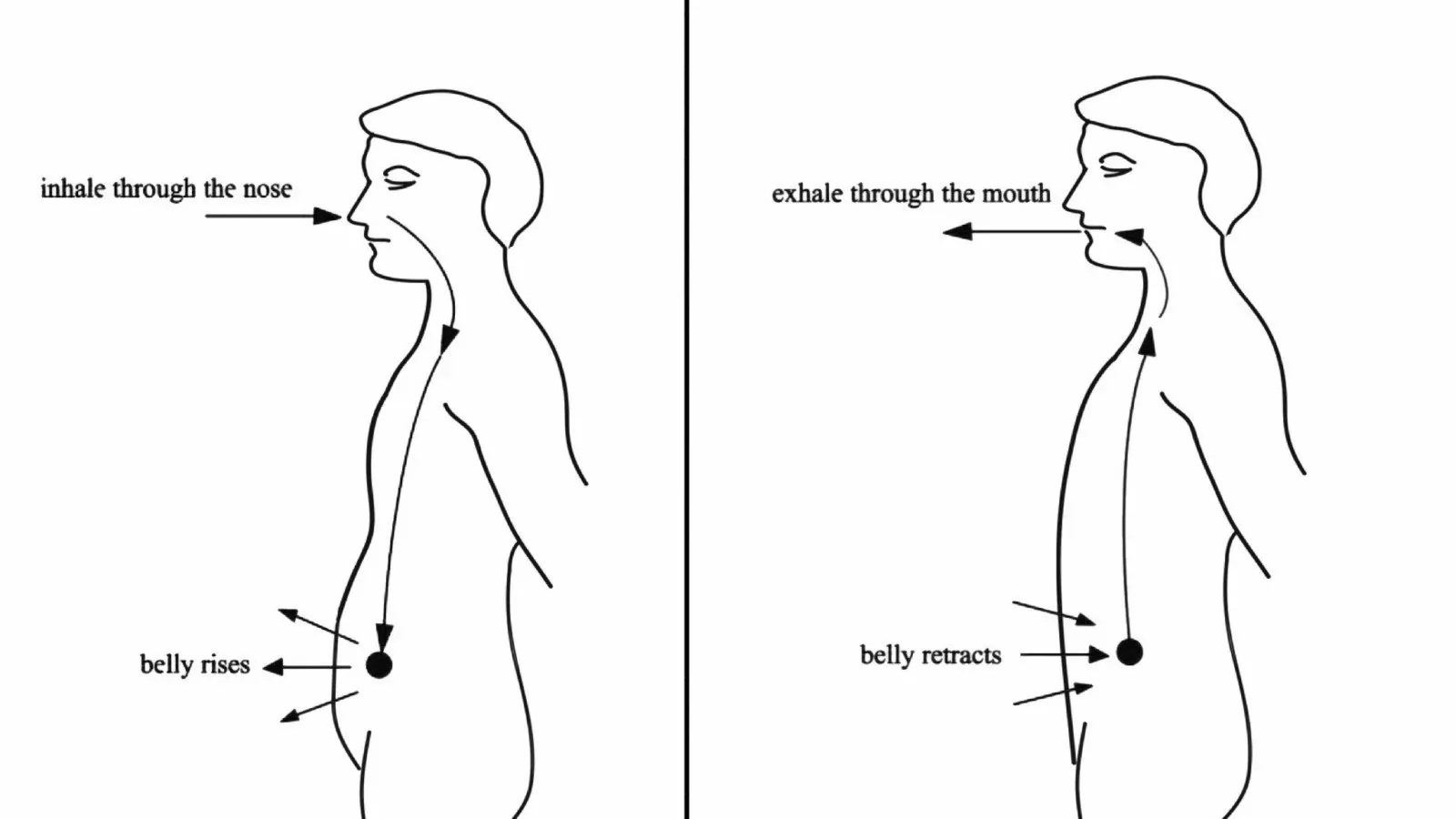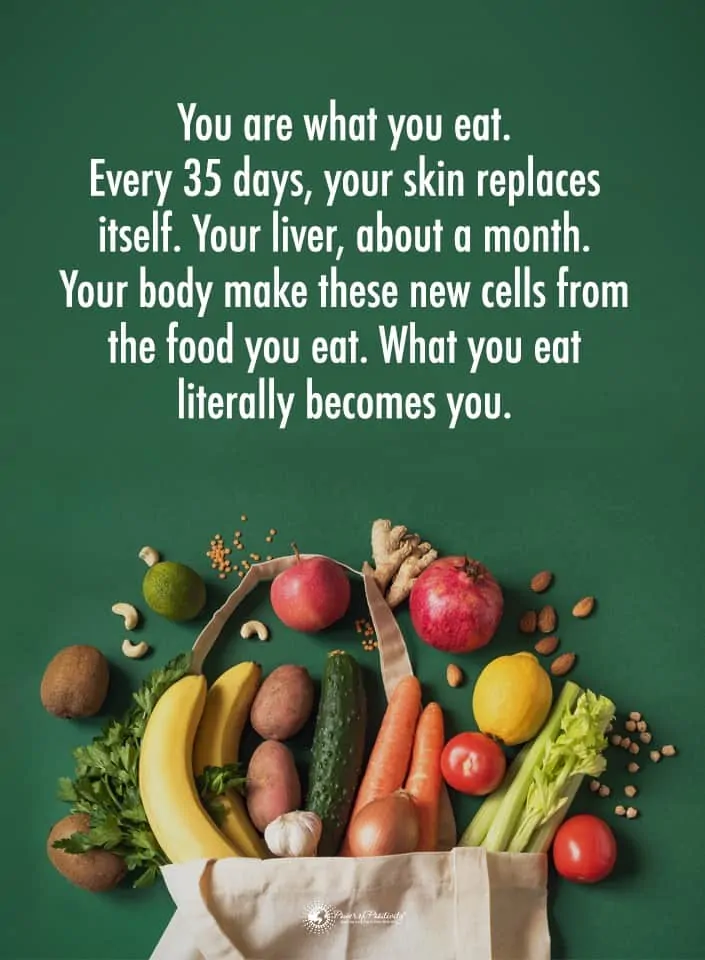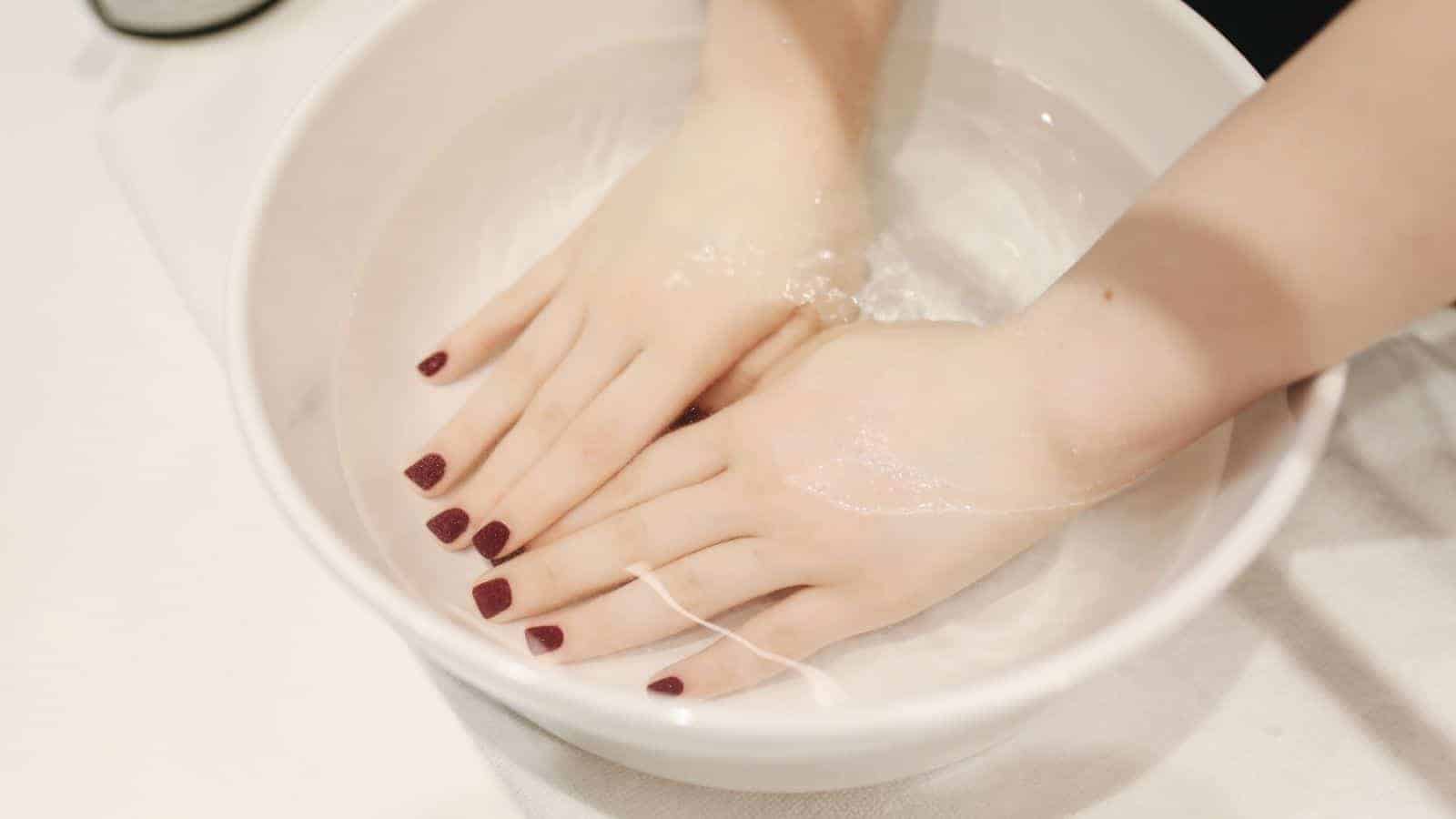Many people don’t like mornings. While there are plenty of “morning hacks” like coffee, yoga, and running that will help do the trick, in the spirit of brevity we cannot possibly list them all.
So, here are five of our personal favorite ways to get excited to jump out of bed in the morning!
“The mood and thought pattern that you start your day off with will often determine which direction it goes…If you are in a good mood and something goes wrong, it’s easier to look at it objectively and deal with it in a rational way.” ~ Kathy L. Gruver, Ph.D. and author of Conquer Your Stress with Mind/Body Techniques
1. Lighten up your space
Research shows that surrounding yourself with lighter colors can dramatically improve your morning.
The colors green and yellow, for example, are shown to increase your agility, confidence, and overall well-being naturally. The color blue may help you feel calmer, while reds and violets may give you more energy.
While you’re at it, open up those blinds! Basking in some inside sunshine can further boost our brain’s feel-good chemicals.
2. Pump up the jams
Granted, no one uses the phrase “pump up the jams” anymore (sorry, Technotronic.)
You may need to read the following claim twice: Studies show that listening to music may replicate the anxiety-reducing effects of a massage. Right?
Physiologically, music improves blood vessel function; lowers the body’s stress hormones; and stimulates the release of endorphins.
Dancing to the beat is an added benefit, and enhances music’s positive effects on health, memory, and mood.
3. Hit the Snooze Button (Once!)
Be a rebel. Set your alarm permitting one 10-minute snoozer.
10 minutes is enough for your brain to clear out some cobwebs before you get up. (The brain operates at a different frequency, which permits a quick doze without the mental lethargy.)
Further, being able to slam that snooze button gives you a certain feeling of control, which may manifest into feeling less of the morning rush.
4. Eat When Hungry
Isn’t it kind of funny how people who’ve “sworn off” breakfast will dash to the doughnut box that their coworker brought in? (You know who you are! *Shields eyes*
Some people prefer eating first thing in the morning, while others detest the idea of eating breakfast at all. Some may slam a cup of Joe or two and call it good.
But there are numerous reasons for eating something healthy during the morning hours. The most beneficial being, of course, is that your body receives vital nutrients after 7 to 9 hours of fasting – which is what sleep is, pretty much.
A healthy breakfast, even if it’s just a piece of fruit, stabilizes blood sugar, increases energy, and promotes cognitive activity. Also, make sure to drink some water. Sleep dehydrates us quite a bit.
5. Schedule Some Alone Time Each Morning
After you’ve eaten a bit or prepared your healthy brunch and drank some water (right?), it’s time for some me/us time.
Too many people rush around during the morning hours. Here’s why that’s bad:
Having to deal with a stress response first thing in the morning is more than counterproductive – it can derail your entire day.
Think about a typical story:
We rush around, looking for our keys/wallet/purse (“I swore they were right here!”). Finally, we find said object – but our brain is still in fight-or-flight mode.
Oh, and we’re probably late now.
As our brain is about to calm down from this morning’s first episode, some dimwit almost detaches our car’s bumper as he cuts us off.
We may or may not spew some expletives, but our brain is once again in fight-or-flight mode.
Just when things couldn’t possibly get any worse, there’s a traffic jam. Now, we’re really going to be late.
How do you think this affects us?
And darn near all of us have been there.
Take 10 minutes (more, if possible) to kiss your kids, meditate, read the paper – something that puts you in a peaceful state.
Ohmmm….














